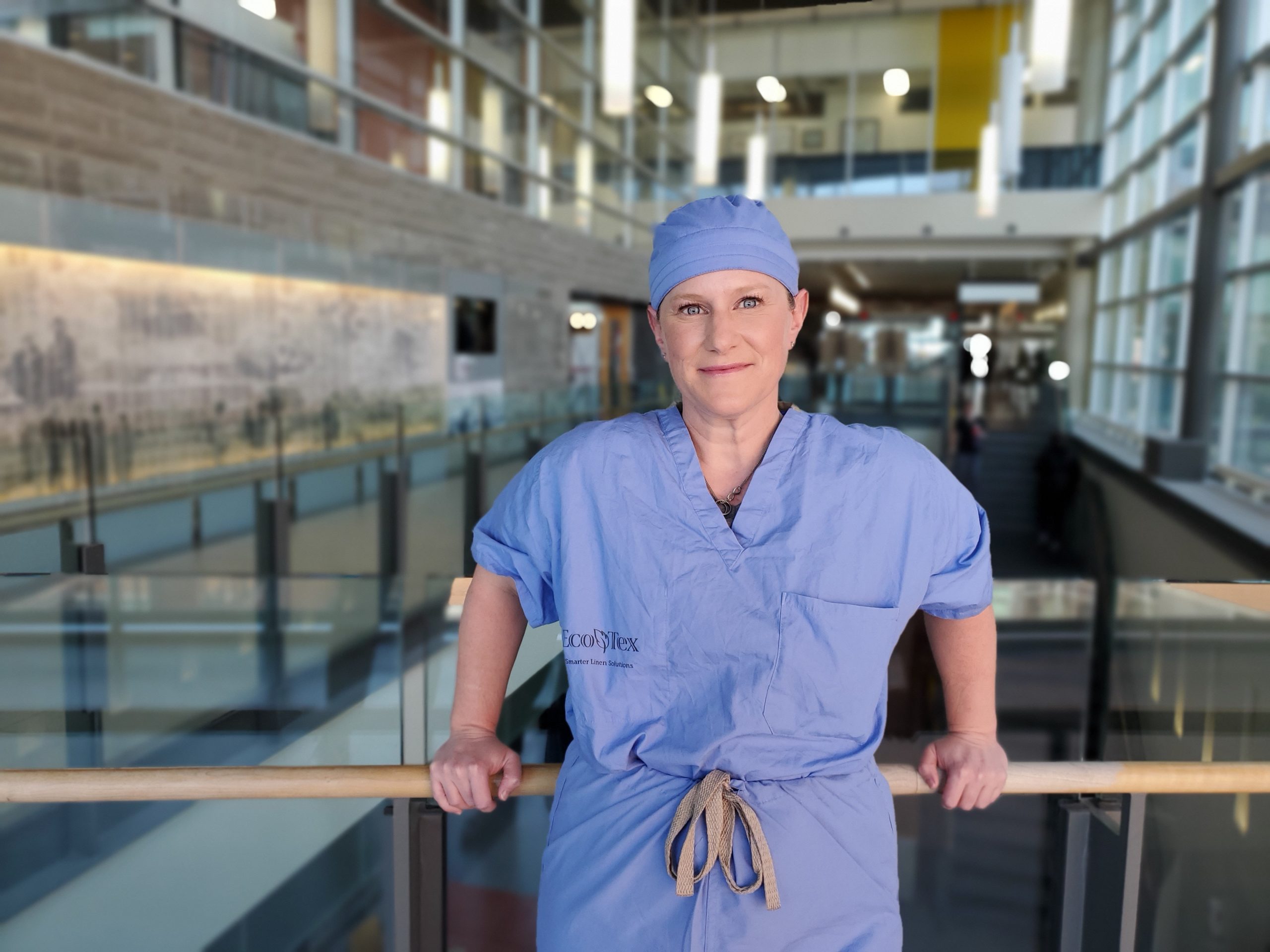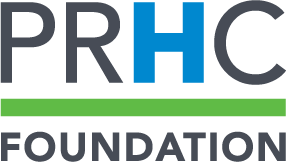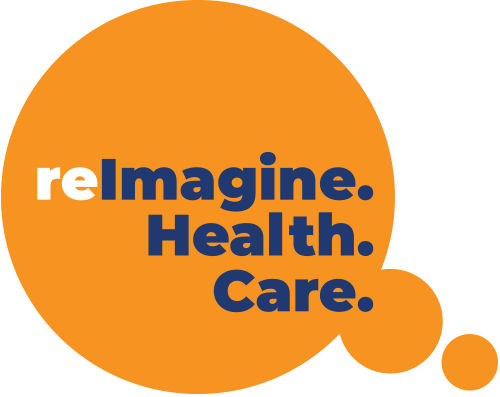
In the moments immediately following surgery, many breast cancer patients ask one important question: “Did you get it all?”
Dr. Brie Banks, a general surgeon at PRHC, knows how much this question means to them. It’s not just about the surgery.
“When patients ask, ‘Did you get it all?’ they’re really asking if they have permission to hope,” says Dr. Banks. “They want to know if the surgery went well and if they’re on the road to recovery.”
Breast cancer affects 12,500 women every year in Ontario, and those numbers continue to rise. Nearly all of those women will need surgery as part of their treatment—a lumpectomy being one of them.
Waiting for cancer surgery can be unbearable. Time crawls.
Patients have many worries: Is the cancer spreading? Will the surgery work? What will I look like after?
When patients arrive hours early at PRHC on the morning of their surgery, currently the first thing on the to-do list is having an eight-inch wire inserted into the breast by a radiologist, to mark the tumour.
Then, the patient waits, sitting for hours in a hospital gown with the wire protruding. It’s uncomfortable and frightening.
If the wire shifts, it complicates the surgery, making it difficult to remove all of the tumour without taking too much healthy tissue. It’s a process that adds anxiety and risk to an already difficult day.
There is a technology that can improve this aspect of breast cancer patient care and transform the experience for thousands of breast cancer patients in our region. It can make surgery easier and more precise, and reduce a patient’s worry and wait. It’s called breast seed localization technology and the PRHC Foundation is committed to funding it at PRHC.
With this new technology, a radiologist will place a tiny radioactive seed, as small as a grain of rice, instead of a wire to mark the cancer. This can be done a month before surgery and takes only 15 minutes. After placing the seed, patients can go back to their daily lives.
Then, during surgery, surgeons use a special tool to find and remove the tumour using the seed as a guide. This results in less scarring and physical change to the breast.
Beyond improving patient care, this new wireless technology will allow Dr. Banks and her colleagues to perform more lumpectomies—without the time constraints that come with wire placement on the day of surgery. With breast seed localization, doctors at PRHC can operate on three more breast cancer patients a day. More surgeries will mean more patients get the care they need, sooner.
Dr. Banks says donor support will directly shape the care she can provide, especially since the government doesn’t fund hospital equipment at PRHC. “Your donation will allow more patients to hear those comforting words, ‘We got it all,’ and give them hope.”
She became a donor herself because she’s seen the difference this technology makes in the patient experience during an already challenging time. “It offers a better option for breast cancer surgery. I want this available for my patients.”
You, too, can help shape the future of patient care at your hospital. To donate or for more information, call 705-876-5000 or click here.


